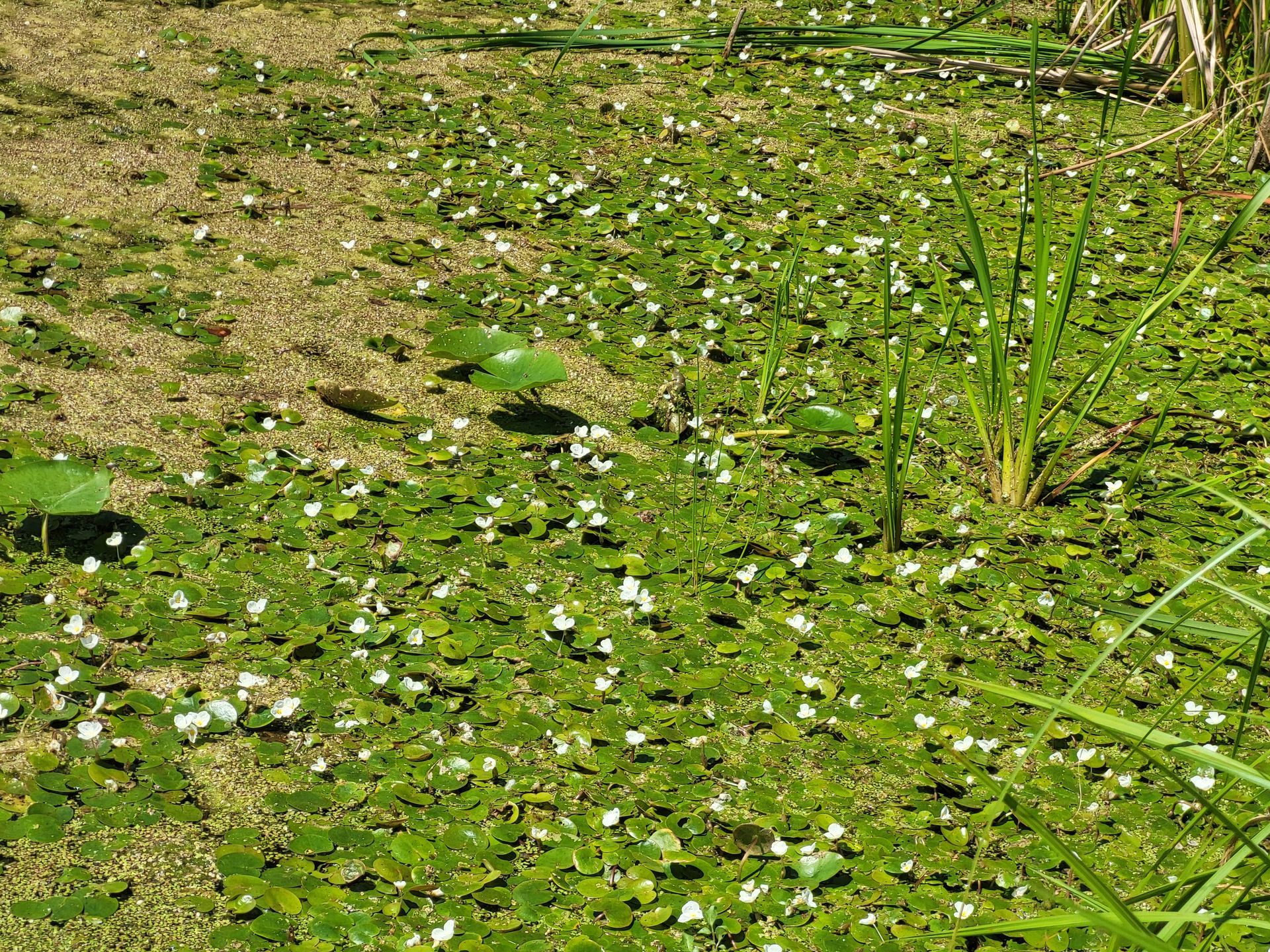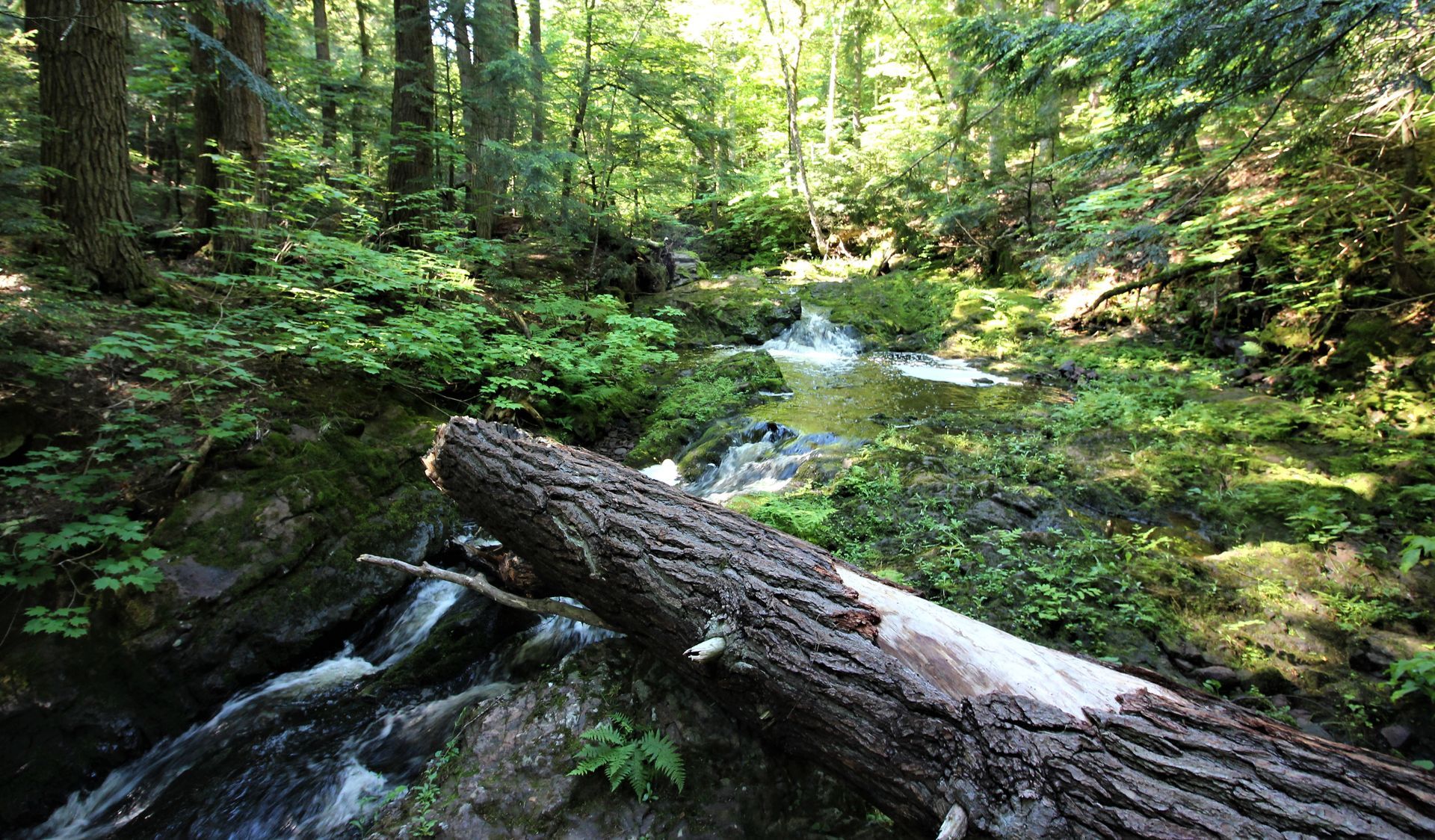Public Lands Blog: State Wildlife and Game Areas
This week’s public land series blog is about Michigan land that has been designated by the Department of Natural Resources(DNR) as being “managed primarily for wildlife habitat, wildlife watching and hunting.” According to the DNR “There are more than 100 units in the game and wildlife system covering more than 340,000 acres. Some units have primitive camping, hiking/cross-country skiing trails and boat access but the sites are mostly undeveloped and unstaffed. Units go under various designations as state game areas, state wildlife areas, state wildlife management areas, state fish and wildlife areas, state wildlife research areas, and game units.” I will admit that at the beginning of writing this blog I did not know the exact differences between the designated public land areas in this system, which is why I thought it would make for a fantastic topic to research.
Upon researching this topic, I came across a very helpful document that summarized the lands managed or deemed of significance to the DNR Wildlife Division (WLD). For this blog’s purposes, it seems best to break these areas down into two groups. Firstly, into areas that are directly administered by the WLD, and areas which are co-managed with other partners, such as different divisions within the DNR or Federal agencies.
The WLD is the direct manager for 111 areas of land according to the 2017 DNR Lands Table Summary. 94 of these are State Game Areas(SGA), 14 are State Wildlife Areas(SWA) and 3 are State Wildlife Research Areas. According to the lands table “The State Fish and Wildlife Area (SFWA) type no longer exists as the one remaining area was rededicated in memorial with name change, and rededicated to a State Wildlife Area”.

Here I am visiting one of my favorite parcels of public land participating in the On the Ground SGA Cleanup Initiative.
In the second group, all areas that are co-managed by the WLD and another partner are technically classified as State Wildlife Management Areas(SWMA). As of 2017, There were 99 areas that were co-managed by the WLD and another partner. There are 72 State Wildlife Management Areas that are being co-managed with the DNR Forestry Division, 4 Wildlife units being co-managed by the DNR Parks and Recreation Division, and 5 Waterfowl Production Areas (WPA) being co-managed with the United States Fish and Wildlife Service (USFWS). There are also 17 Grouse Enhanced Management System (GEMS) areas, 15 of which are co-managed by the DNR Foresty Division as they are on state land, the other two GEMS areas are co-managed based upon the land they sit. One is co-managed by the United States Forest Service as it is on federal land and the other is on a privately-owned land and is co-managed by the private land owner.
My favorite part of researching the Public Land here in Michigan is that I have begun to make a long list of new places in the State to explore. There are hundreds of thousands of acres in Michigan that I am now very excited to visit, and you too can start planning your next outing by accessing this list of all State Wildlife and Game Areas.
Next Week’s Public Lands blog will be published on Wednesday June 3rd about Michigan’s beautiful State Parks. In the meantime, I hope that many of you can get out to responsibly recreate on Michigan’s public lands.
The post Public Lands Blog: State Wildlife and Game Areas appeared first on Michigan United Conservation Clubs.
Recent Posts



